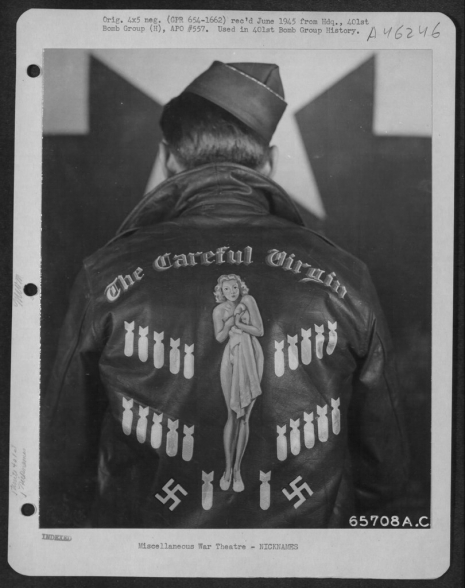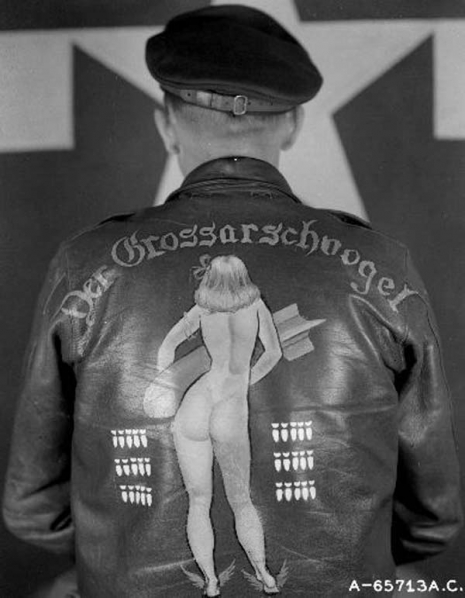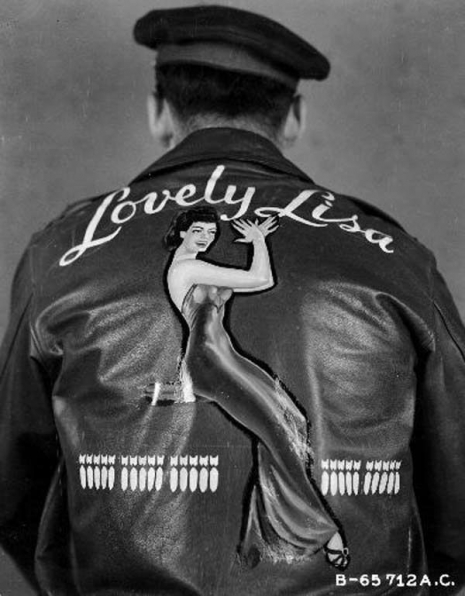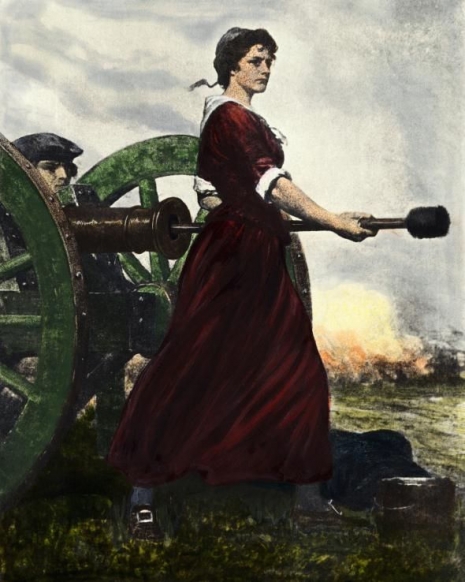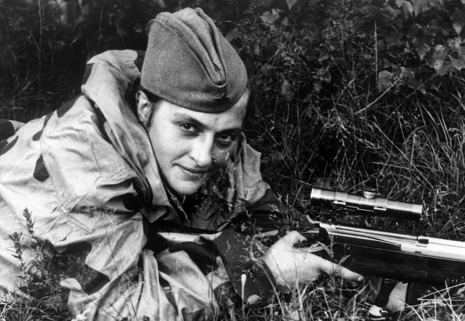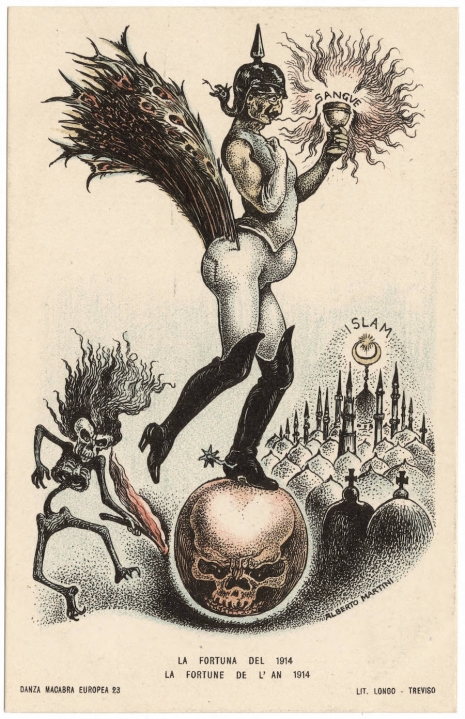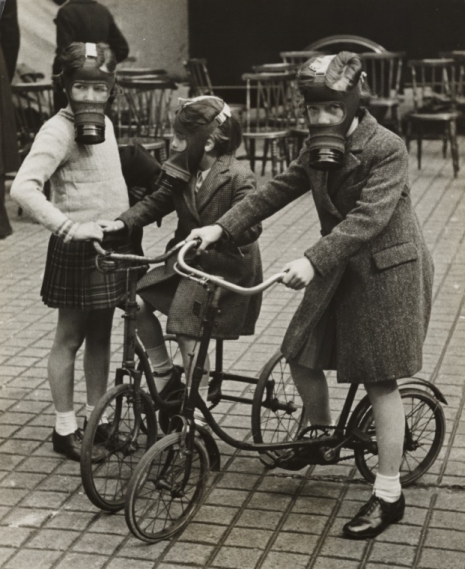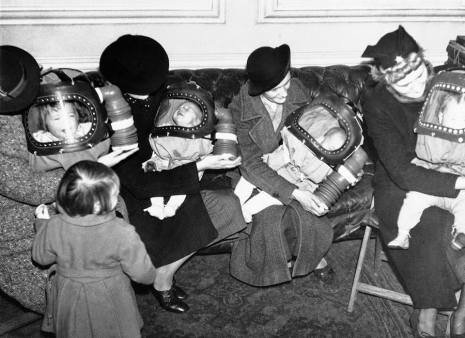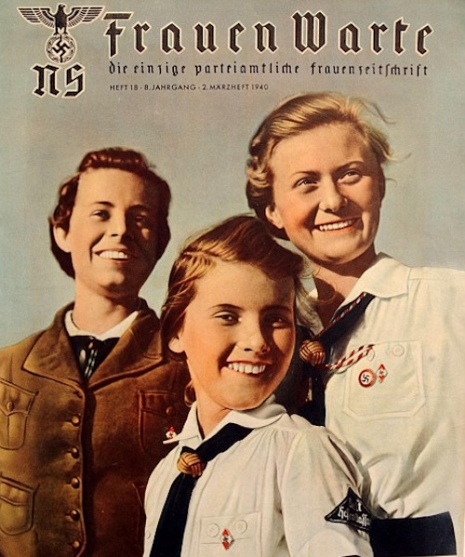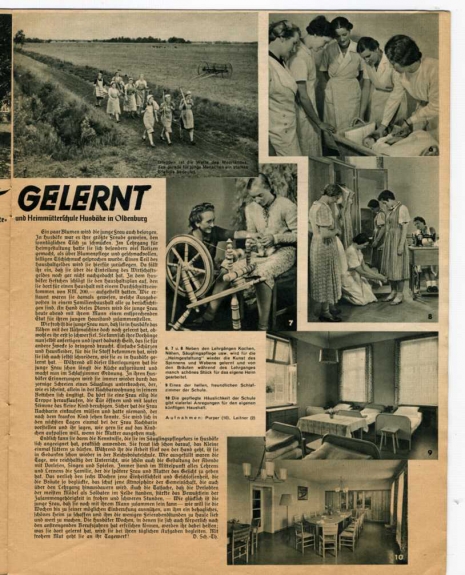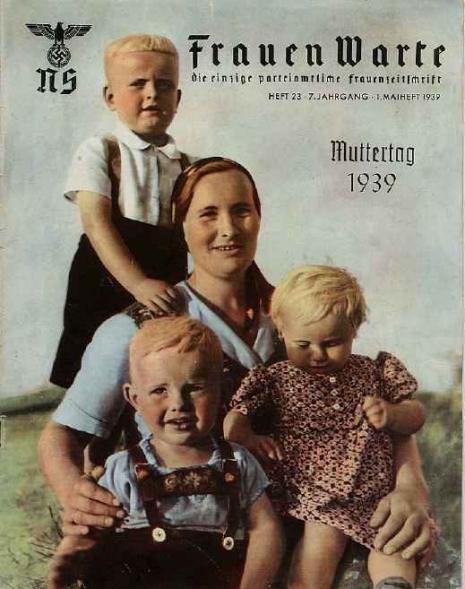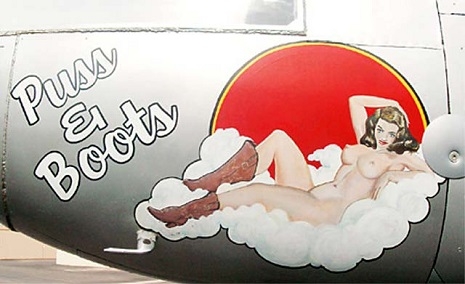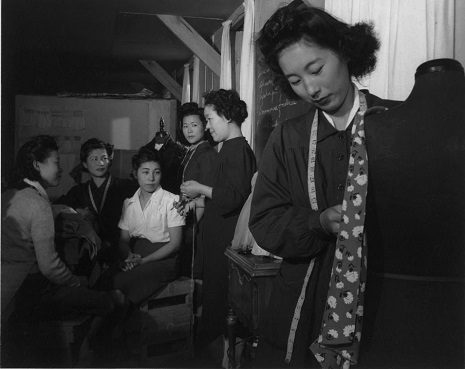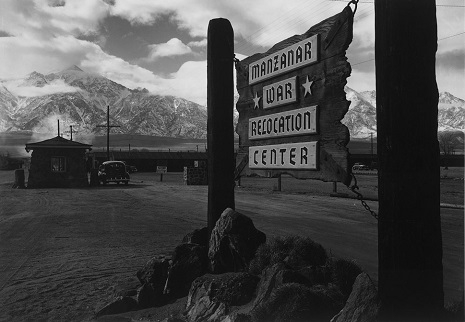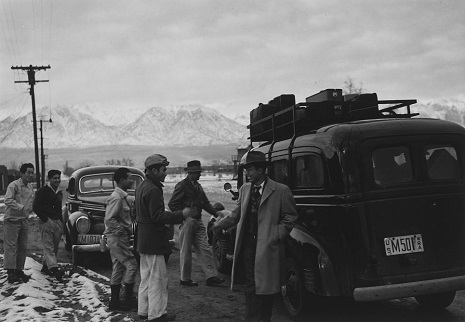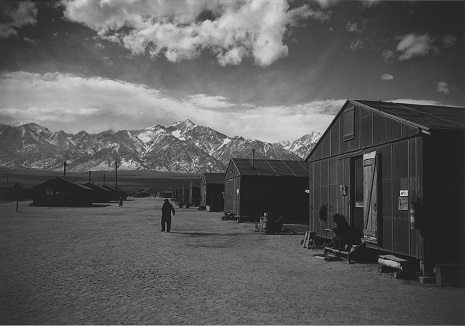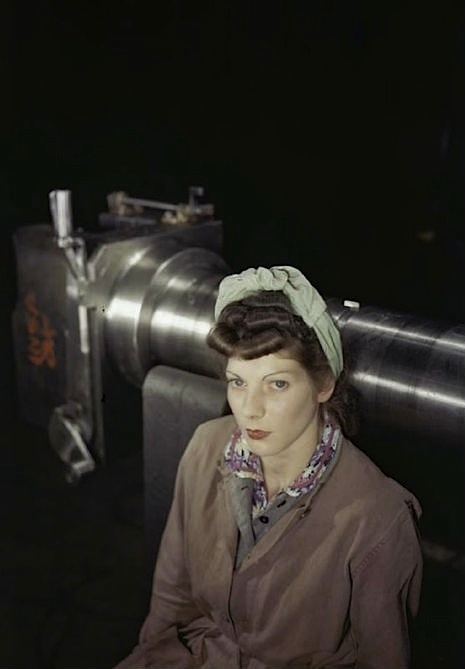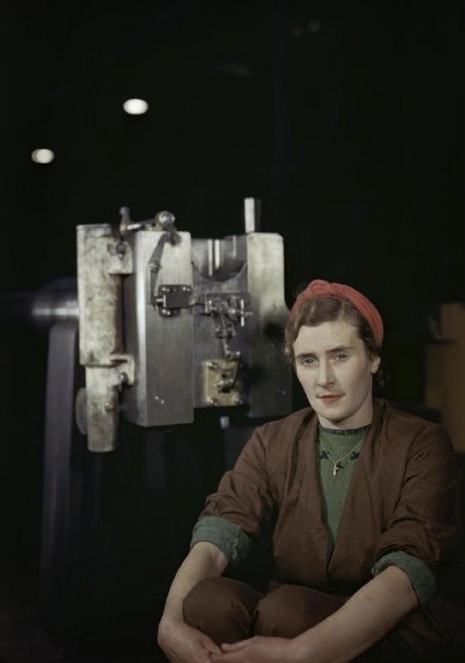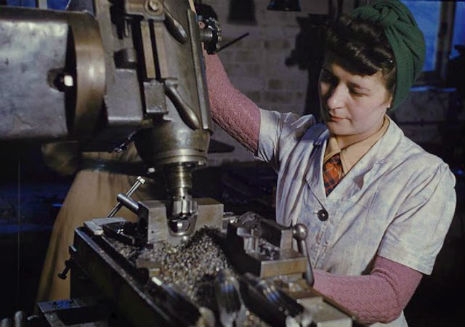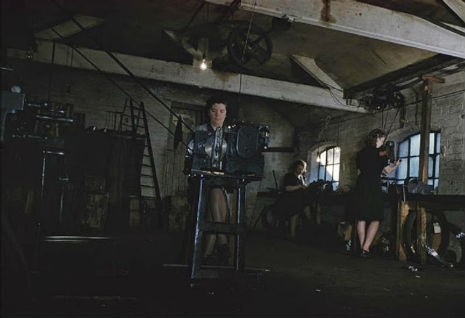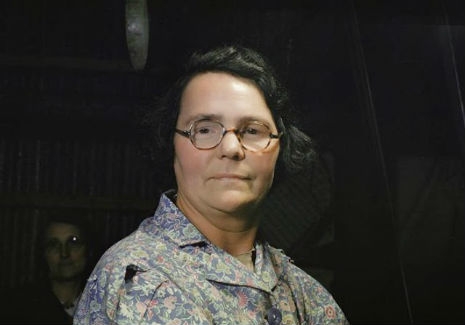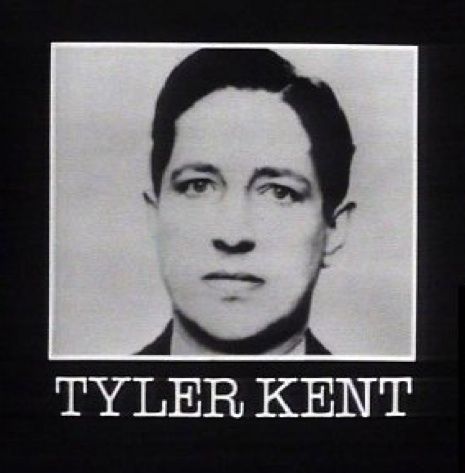
Christmas ornaments produced in Germany during the rise and rule of Adolf Hitler.
In the 1930s as Hitler and his Nazis were coming to power in Germany, they began a war on Christmas, a quest to dismantle age-old Christmas traditions and replace them with Nordic/pagan practices and folklore. The Nazis wanted everyone to follow their lead when it came to their image of the holiday—which at some point included displaying swastikas on Christmas trees. In Germany, Christmas is called “Weihnachten” which the Nazis also took it upon themselves to rename Rauhnacht, which translates in English to “the rough night.”
The Nazis’ changes to Christmas included anti-Semitic activities such as actively avoiding doing business at Jewish-owned establishments during the holiday so that their celebrations would be “free of Jews.” Christmas carols were modified to reflect socialist Nazi beliefs and ideology including replacing references to the “Savior” with a nod to Hitler himself, “Savior Führer.” While many of the Reich’s changes to Christmas took hold, there was one aspect of the holiday that they could not do away with—the image the jolly old fat man, Santa Claus—even in Hitler’s Germany, Santa remained a fixture of the newly Nazified celebration.
Other changes inflicted by the Nazis during the period before their eventual fall in the mid-1940s was the use of Christmas decorations. If you were not already aware, the tradition of decorating a tree at Christmas time got its start in Germany in the 16th century. The most problematic issue for the Nazis was the gleaming star on the top of the tree—a six-pointed star signified Judaism and the Jewish community. A five-pointed star was associated with communism which was less than appealing to the Nazis as well. Instead, Germans were encouraged to replace tree-topping stars with, you guessed it, a swastika or the symbol for the SS (the “Schutzstaffel” or “Protection Squadron” formed under Hitler). Ornaments were transformed to contain Nazi images, slogans like “Sieg Heil!,” and glass-blown baubles in the image of their beloved leader Adolf Hitler. The metamorphosis took approximately six years to complete, though it would all come to an end in 1944 which marked the very last Nazified Christmas. Hitler would meet his maker four months later on April 30th, 1945.
The images that follow are haunting historical documents of how the Nazis tried to change Christmas (and the world) and failed.
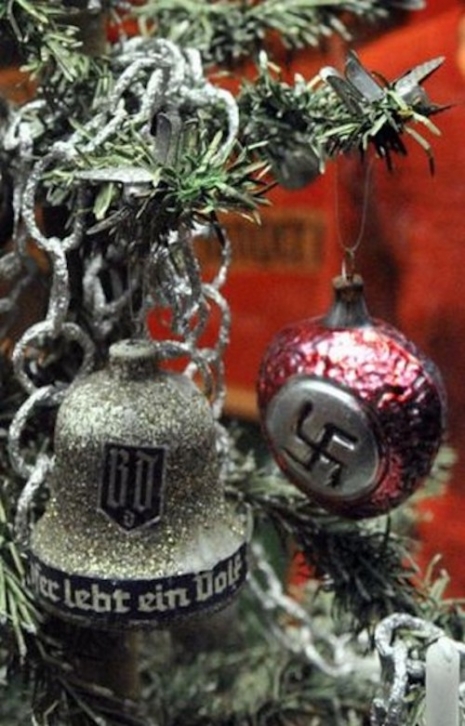


More chilling Nazi Christmas images after the jump…






